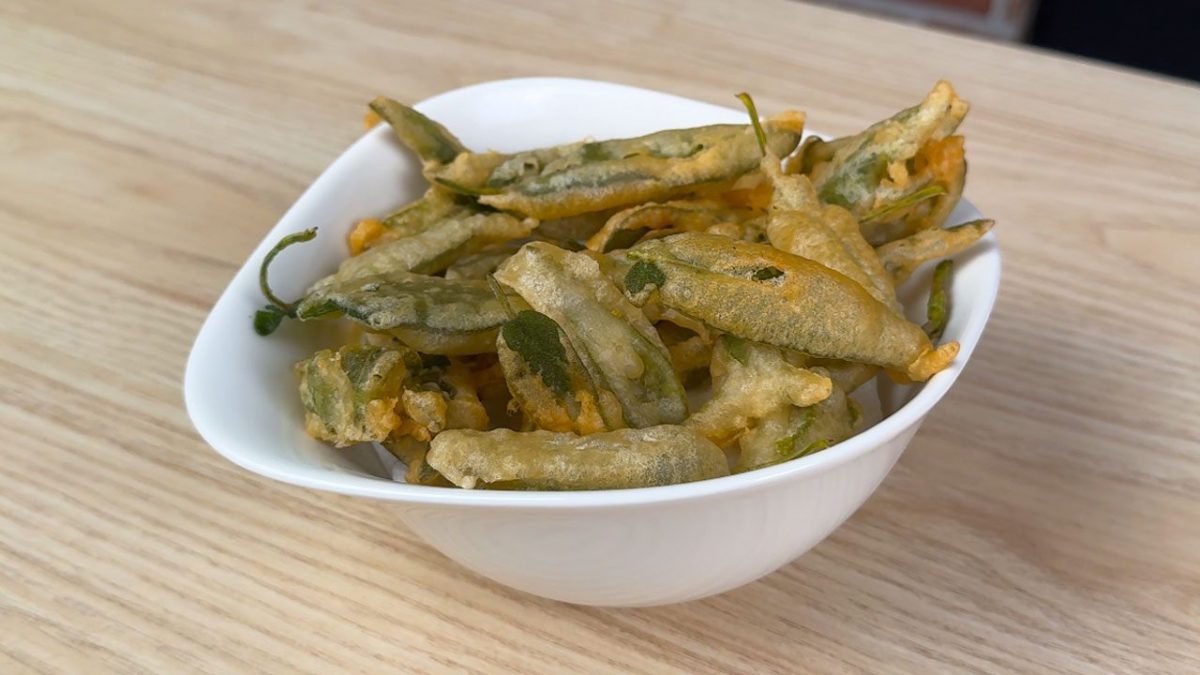
Beer Battered Fried Sage Leaves is a tasty and original appetizer that you can prepare in less than 10 minutes: you will only need large, fresh, bruised sage leaves, which will be dipped in a batter for fried foods made with all-purpose flour and cold beer from the fridge.
Once ready, it is perfect to serve as an appetizer, as a snack at a party buffet or as a brunch food together with your favorite cocktail: it is excellent with prosecco, with spritz but also with a non-alcoholic mojito.
What Are Fried Sage Leaves?
Battered and fried sage leaves—known in Italy as Salvia fritta—trace their roots to Renaissance-era Tuscany and broader Italian tradition. As early as the 15th century, Renaissance cookbooks recommended frying herb leaves lightly dipped in a simple batter of flour and water (later adapted to include beer for a lighter crust). Over time, regional variations flourished across Italy—Tuscany, Liguria, and Friuli—with local versions incorporating sparkling water, yeast, or anchovy oil between paired leaves.
Italian immigrants brought these traditions to the United States, cultivating garden sage early on (the herb was grown in colonial America by the 1630s), though fried sage leaves remained a niche, family‑style antipasto rather than mainstream fare. As Italian-American cuisine gained popularity across the U.S. during the late 20th century—including dishes like saltimbocca, fried calamari, and antipasti spreads—the delicate, crispy Salvia fritta slowly found its place at tables from New York to Chicago, often served alongside prosecco or as a crunchy garnish in Italian‑inspired gatherings.
Pro Tips for The Best Fried Sage Leaves
- Use fresh, large, and whole sage leaves—preferably from common garden sage (Salvia officinalis). Avoid overly fibrous or damaged leaves. Wash gently and pat completely dry before frying to prevent oil splatters.
- Keep the batter cold for a crispier texture. Use cold sparkling water (or cold beer for extra airiness) in the batter and refrigerate it briefly before use. The contrast between the cold batter and hot oil helps form a light, crunchy coating.
- Stick to a light mixture: equal parts all-purpose flour and cold sparkling water with a pinch of salt. Don’t overmix—lumps are fine and help trap air for that bubbly texture.
- Heat oil to 170–180°C (340–355°F). Use a thermometer for accuracy. Too cool, and the batter absorbs oil and turns soggy; too hot, and it burns before the sage crisps.
- Fry the leaves in small batches for 10–15 seconds until golden. Overcrowding drops the oil temperature. Use a slotted spoon to remove and drain them on paper towels immediately.
- Lightly sprinkle sea salt or a pinch of flaky salt right after frying to enhance flavor.
- Battered sage leaves lose their crunch quickly. Serve hot and fresh, ideally within minutes of frying.
- Neutral oils with high smoke points—like sunflower, canola, or peanut oil—work best. Avoid olive oil for deep frying.
How Do I Make My Fried Sage Leaves Crispy?
To make your fried sage leaves crispy, use fresh, dry leaves and dip them in a cold, light batter made with flour and sparkling water or beer. Make sure your oil is hot (around 350°F / 175°C) before frying, and fry in small batches for just a few seconds until golden. Drain on paper towels immediately and season while hot to maintain their crunch.
Can I Make These In An Air Fryer?
Yes, you can make battered sage leaves in an air fryer, but results may vary. For best texture, lightly spray battered leaves with oil to promote crisping, and cook at 375°F (190°C) for 5–7 minutes, flipping halfway. While they won’t be as airy as deep-fried versions, they’ll still be tasty and lighter in fat.
Can I Skip The Batter?
Yes, you can skip the batter and simply fry sage leaves in oil until crispy, about 5–10 seconds per side. This method yields delicate, chip-like leaves with a strong, aromatic flavor—perfect as a garnish or savory snack. Just be sure the leaves are completely dry before frying to avoid splattering.
What Can I Serve These With?
Serve them as a crispy appetizer with prosecco, garnish for creamy risottos or pasta, or crumble over roasted meats, soups, or mashed potatoes for a flavorful crunch. They also add a sophisticated touch to charcuterie boards or antipasto platters.
Can I Make These Ahead of Time?
Fried sage leaves are best enjoyed fresh, as they lose their crispiness quickly. However, if you need to make them ahead, store them in a single layer on paper towels at room temperature for up to a few hours. To revive their crunch, reheat briefly in a hot oven (around 375°F / 190°C) for 3–5 minutes just before serving.
Do They Freeze Well?
Fried sage leaves do not freeze well, as freezing causes them to lose their delicate, crispy texture and become soggy upon thawing. It's best to enjoy them freshly made or, at most, within a few hours of frying for optimal flavor and crunch.
How to Store Any Leftovers
To store leftover fried sage leaves, place them in a single layer on a paper towel-lined plate and cover loosely with foil or parchment—never airtight, as trapped moisture ruins the crispness. Leave at room temperature for up to 1 day. To re-crisp, warm them in a 375°F (190°C) oven for 3–5 minutes before serving.
Ingredients
How to Make Beer Battered Fried Sage Leaves
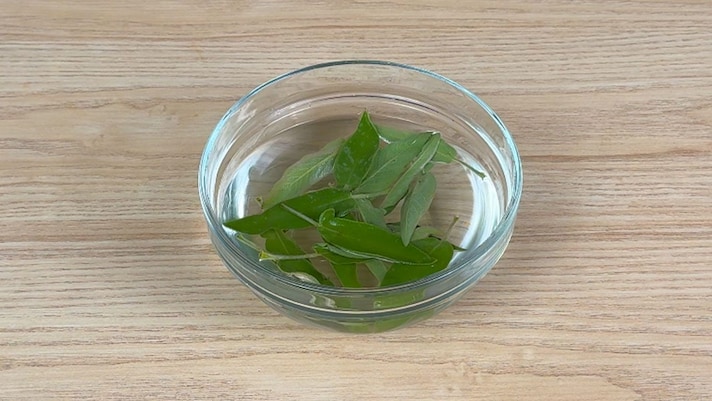
Soak the sage leaves in a bowl of cold water, so as to eliminate any earthy residue, and dry them delicately with a clean cotton cloth.
Soak the sage leaves in a bowl of cold water, so as to eliminate any earthy residue, and dry them delicately with a clean cotton cloth.
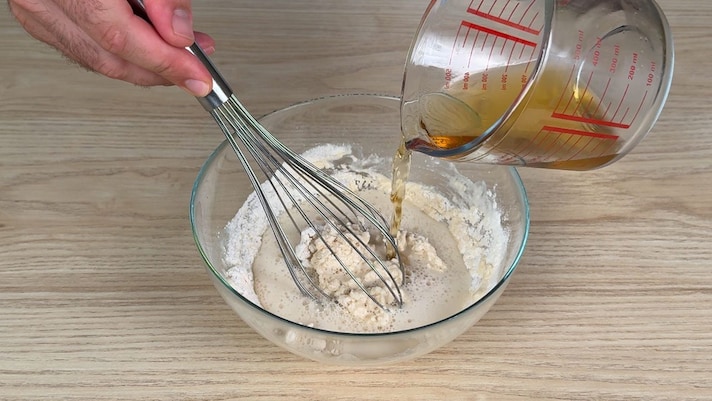
Collect the sifted flour in a bowl with a pinch of salt, then pour in the cold beer from the fridge and mix continuously with a whisk until you obtain a smooth, lump-free batter.
Collect the sifted flour in a bowl with a pinch of salt, then pour in the cold beer from the fridge and mix continuously with a whisk until you obtain a smooth, lump-free batter.
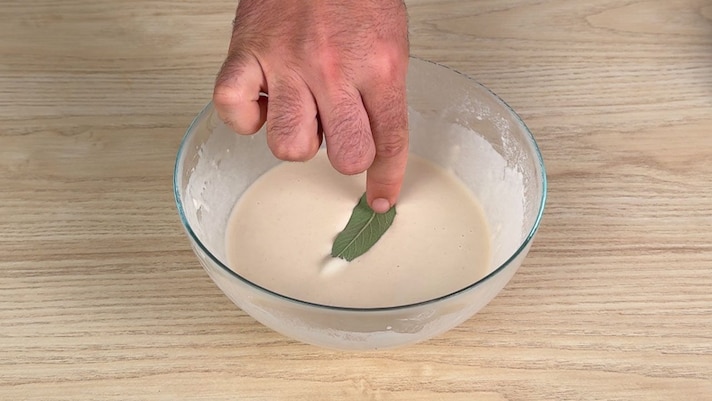
Dip the sage leaves into the prepared batter.
Dip the sage leaves into the prepared batter.
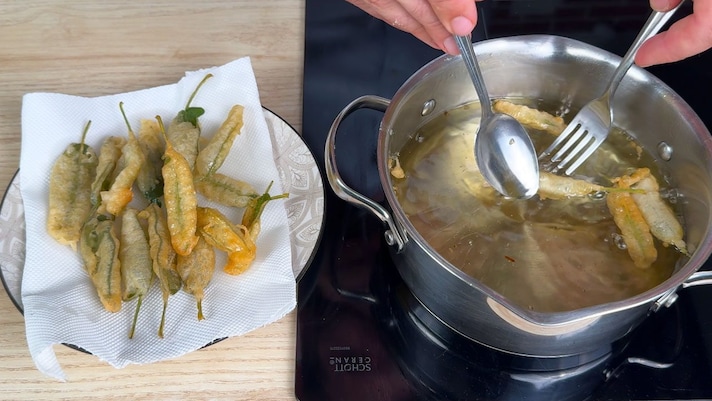
Dip the battered leaves, a few at a time, into the boiling seed oil and let them cook until golden brown; then, as they are ready, drain them on a sheet of kitchen paper. Use a pan with tall, narrow sides and remember not to fry them all at once: this way, the oil temperature will not drop and the final result will be optimal.
Dip the battered leaves, a few at a time, into the boiling seed oil and let them cook until golden brown; then, as they are ready, drain them on a sheet of kitchen paper. Use a pan with tall, narrow sides and remember not to fry them all at once: this way, the oil temperature will not drop and the final result will be optimal.
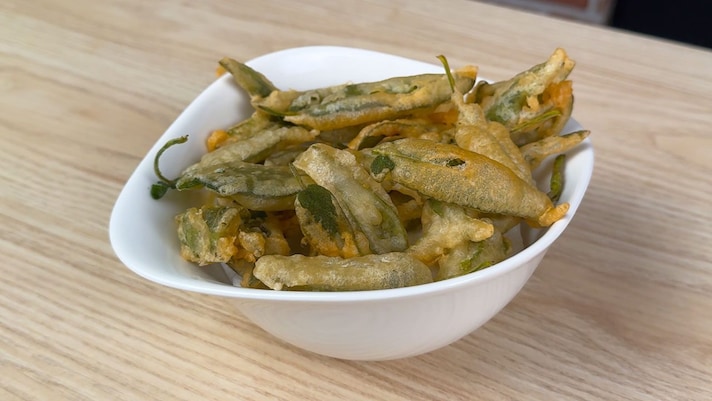
Transfer the fried sage to a serving plate, season with a pinch of salt, bring to the table and serve immediately. Enjoy!
Transfer the fried sage to a serving plate, season with a pinch of salt, bring to the table and serve immediately. Enjoy!
;Resize,width=767;)
